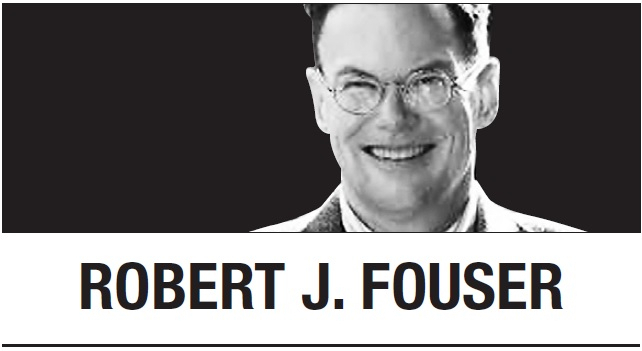
One of the most interesting things about visiting a new city is its soundscape. For many people, language defines the way a city sounds, particularly if they do not understand the language or languages spoken around them. The soundscape also includes announcements, digital notifications, music, traffic noise and various sounds of nature.
What, then, is the soundscape of major cities in South Korea?
The easiest city to start with is Seoul, the largest and most dominant city in the country by far. In the late 20th century, Seoul was a fairly noisy city. The subway system was not as extensive as it is today, and the city relied heavily on buses, many of which were noisy. Traffic jams, complete with frequent horn honking, were common.
The streets were more crowded, and the population was younger, which raised the volume of the city through talk and laughter. Jongno 2-ga and Sinchon, for example, were full of energetic university students. Markets, particularly neighborhood markets, were more crowded and boisterous. There were more babies and children, so crying and the sound of play were more common in neighborhood alleys and backstreets.
Today, Seoul is a much quieter city. Traffic is still busy, but it moves much more smoothly and quietly. Children are fewer, but also not as visible in the cityscape, aside from at apartment complex playgrounds. Once booming areas like Jongno 2-ga and Sinchon are no longer popular, and are now much quieter than in the past.
Not everything about Seoul is quieter now.
Music in the late 20th century was largely indoors, but nowadays shops frequently play music outdoors to attract young customers. The blend of music coming from shops creates its own unique form of K-pop. The volume of indoor music, meanwhile, has remained consistently high, but more places now have the ability to offer music.
Digital technology has also made it easier to send out audio announcements, which subways aside were rare in South Korea in the late 20th century. Now audio announcements are everywhere, including outdoors, covering an ever-wider range of topics in greater detail.
The sounds of the digital revolution are everywhere, most noticeable in the beeps of notifications. Sometimes a beep nearby causes people to check their phones. And the ubiquitous KakaoTalk sounds are now embedded in the soundscape of Korean cities. By law, cameras on Korean mobile phones are required to produce a shutter click, which creates a burst of clicks when many people take pictures of the same thing.
The story is similar in Busan, South Korea’s second-largest city, but with several local twists. The most obvious difference is the noticeable dialect. The up-and-down lilt hits you when you get off the train at Busan Station. A walk around town soon shows that older people use a much stronger version of the dialect than younger people now use.
The other notable difference is the sound of ship horns and seagulls.
As a busy port city sandwiched between mountains and the sea, seagulls with their squawks and screams are common in many parts of the city. The low hum of ship horns gives the city a distinct atmosphere. The subway system has even combined these two sounds into its announcement for oncoming trains.
Social changes and the digital revolution combined to create the soundscape of South Korean cities today. The biggest social change is urbanization. In the late 20th century, much of the population of Seoul was born in rural areas or smaller cities, but that percentage has dropped sharply in the 21st century. Unlike previous generations, younger people have developed urban habits of speaking more quietly and guarding their privacy amid crowds, which explains why the subway is much quieter now.
The digital revolution has changed -- more than anything -- not just how people interact with each other, but also how they interact with cities.
Much of the soundscape of the past came from people gathering, but now much of that life has moved to cyberspace. People now interact with digital devices more than they do with other people. This is particularly true in South Korea because the country has been at the forefront of the digital revolution.
If current trends hold, South Korean cities will become quieter still, as ever more aspects of everyday life take place in cyberspace. Quiet EVs will take over the roads. Even the volume of music will start to go down. The Great Quiet is upon us.
Robert J. Fouser
Robert J. Fouser, a former associate professor of Korean language education at Seoul National University, writes on Korea from Providence, Rhode Island. He can be reached at robertjfouser@gmail.com. The views expressed here are the writer’s own. -- Ed.





![[Herald Interview] How Gopizza got big in India](http://res.heraldm.com/phpwas/restmb_idxmake.php?idx=644&simg=/content/image/2024/11/20/20241120050057_0.jpg)

